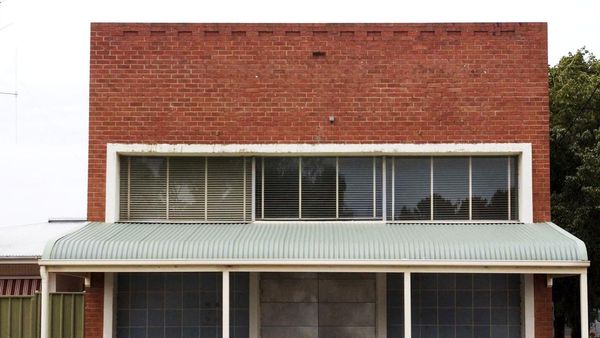
Summer in Australia may conjure up images of carefree beach holidays, but the reality can be different for those enduring uncomfortable heat at home.
Joel Dignam, who heads advocacy group Better Renting, says Australian homes in general have poor energy and temperature control performance and renters are often “funnelled into the worst-performing homes with limited capacity on what changes they can make”.
“We find renters spending an awful amount of time in homes that are uncomfortable, and some living in temperatures that have negative impacts on their health,” he says, citing a recent study that found many renters in Western Australia live in homes that heat to over 30 degrees during the summer months.
Here are some tips for keeping your rental property as cool, comfortable and energy-efficient as possible this summer – without breaking the budget.
DIY double glazing with bubble wrap
On the hottest summer days, closing curtains or blinds can make a big difference – especially for west and north-facing windows.
External shading on the outside of the window is even more effective, so consider clipping shade sails to the gutter or hanging a simple shade cloth outside the most exposed windows.
For those who can’t plant trees outside sun-drenched windows, even pot plants can make a difference.
Tim Forcey, who runs the popular My Efficient Electric Home Facebook group, recommends Renshade, an Australian product that resembles aluminium foil on paper with holes big enough to see through while still providing excellent shade.
Forcey says he uses Renshade in his home office. “It definitely reduces the heat coming through the window, although from the outside it looks a bit like I’m running a meth lab,” he says.
A budget solution suggested by not-for-profit Geelong Sustainability is to double-glaze your windows with bubble wrap. Simply spray water on the window and the bubble side of the wrap and it will stick to the glass until you pull it off.
Keep things moving
“Within the house, air movement is vital to allow the body’s natural cooling mechanism (sweating) to function,” says Forcey. If there are no breezes to take advantage of, a simple pedestal fan or ceiling fan is usually the next-best option.
Turn your fan into a DIY air-conditioning unit on the hottest days by placing ice in a shallow bowl or tray in front of the fan. When the air blows over the ice it will evaporate and cool the surrounding area.
Forcey also suggests draping a wet cloth or cooling towel around your neck to keep your body temperature down during a heatwave.
If you do have an air conditioner, make sure its filters are clean, or you could end up wasting a lot of energy. Also think about only cooling the rooms you are likely to be occupying rather than your entire home and keeping the temperature at 23-25 degrees, in order to save oodles of energy and money.
Forcey is not a fan of portable air conditioners, which he says are noisy, energy-inefficient and chew up a lot of electricity while heating up the rest of the house. “But yes, they will blow cooled air at your face, and if that is what you need to survive … it may be what you have to do.”
Know your rights as a renter
Dignam says Better Renters hears a lot of horror stories of tenants not being able to use certain parts of their homes during summer because of extreme indoor temperatures.
He says while the organisation is pushing for minimum energy performance standards for rental properties, most jurisdictions in Australia say all properties should be fit for habitation, meaning it could be worth asking your landlord for cooling options.
Think about ways to make your proposal more attractive. For example, modern, reverse-cycle air conditioners can also heat homes much more efficiently than gas in winter, which will make an investor’s rental home greener – and potentially more attractive to renters – in the long term.
Further resources
Better Renters have started a community Coping Cookbook with useful tips for staying cool during summer
My Efficient Electric Home is a volunteer-run Facebook group who share their summer cooling tips
For an overview of tenants rights in every state of Australia see the Tenants Unions of Australia
Change by degrees offers life hacks and sustainable living tips each Saturday to help reduce your household’s carbon footprint. Got a question or tip for reducing household emissions? Email us at changebydegrees@theguardian.com







